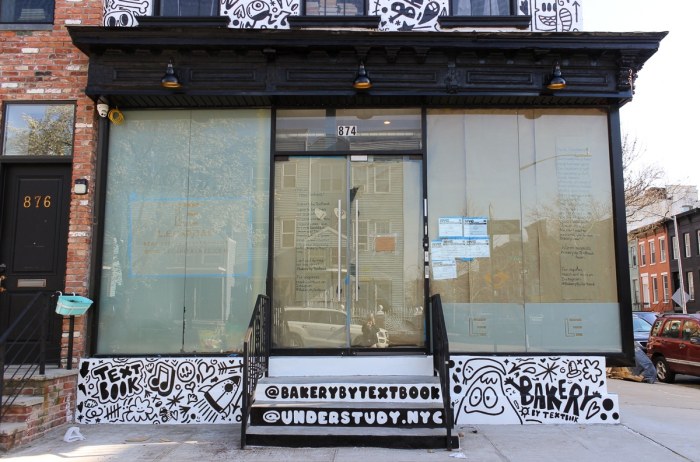When is a traffic study not a traffic study? When it’s really an Uber study.
Mayor Bill de Blasio recently signed a bill to analyze yellow and green taxis, livery cabs and for-hire cars. The study will look at the number of driver’s licenses, the number of city licenses for the hail and for-hire vehicles themselves, and the use of such transportation.
In reality, this is a way for City Hall to zero in on Uber and other e-hail apps, which it doesn’t seem to like much.
De Blasio has been a clear advocate of the traditional taxi industry, which donated more than $500,000 to his 2013 election campaign. But taxi medallion owners may be in trouble, according to a report this week that said they’ll soon owe more than $200 million on loans coming due.
Uber, too, is under fire from several directions. A San Francisco judge just granted class-action status to a lawsuit claiming Uber drivers are employees, not contractors. This could have big implications for the e-hail company.
Meantime, why isn’t NYC conducting a comprehensive traffic study that would be more time-consuming, but might get at the root causes of the considerable congestion? It’ll be no surprise when the study shows an increase in for-hire cars citywide. And it’ll be far from shocking when NYC officials reintroduce bills to hold down the number of permitted new cars for for-hire firms like Uber.
In other words, the fix is in.
City officials say the attention to e-hail services is warranted because other factors, like trucks, are more constant, and the for-hire industry has grown exponentially.
Earlier this summer, Mayor Bill de Blasio and Uber traded barbs over City Council legislation that would’ve capped the company’s growth. After a heated fight, and significant pressure, de Blasio backed down.
The study was part of a deal reached after the standoff. But it’s not sufficient. With its limited scope and targeted assumptions about Uber, the study’s outcomes and any resulting legislation will be met with skeptism. Data can tell any story, especially when the story has been written already. The city should take a more comprehensive approach that might produce real findings and real results.

















